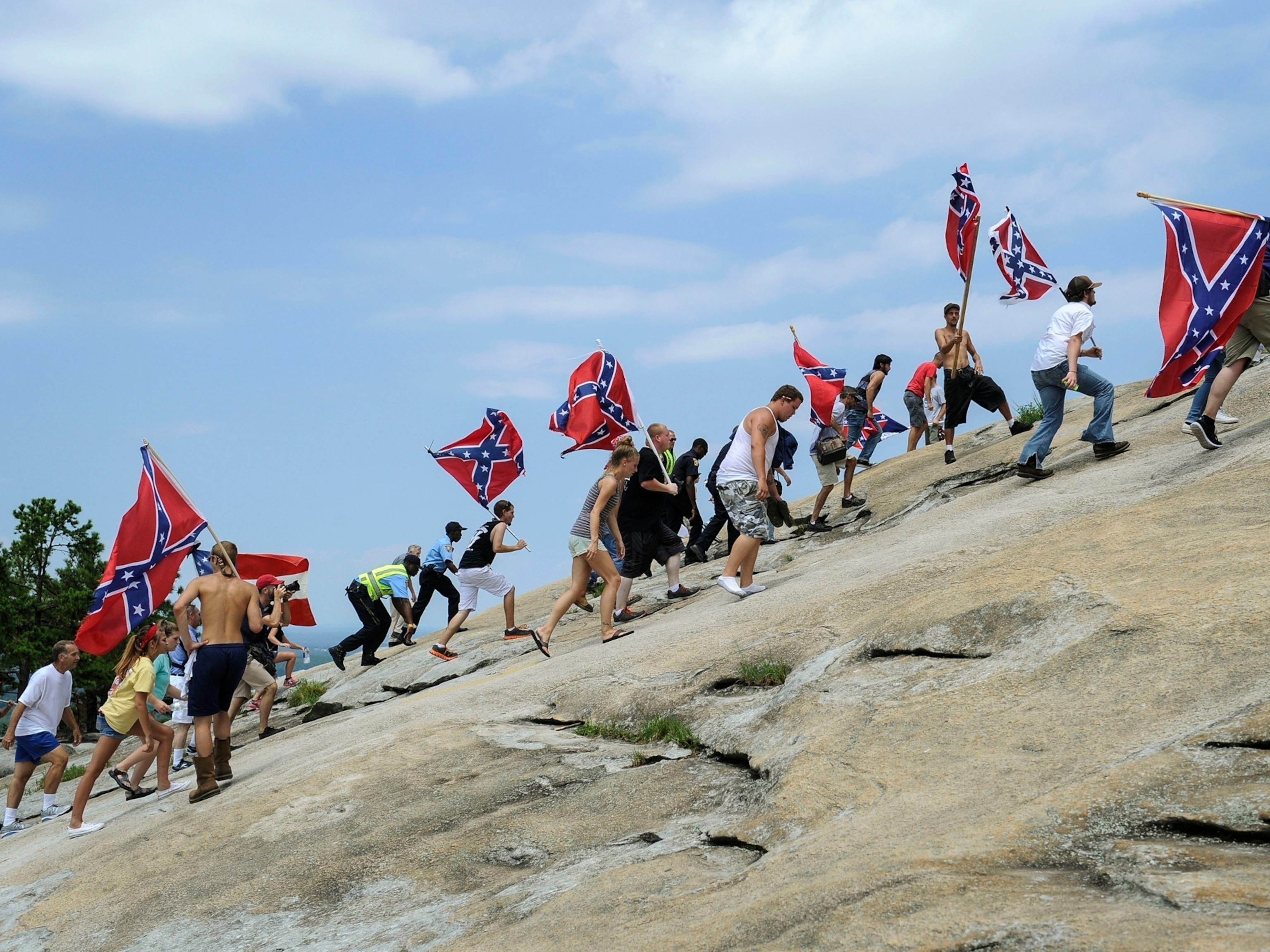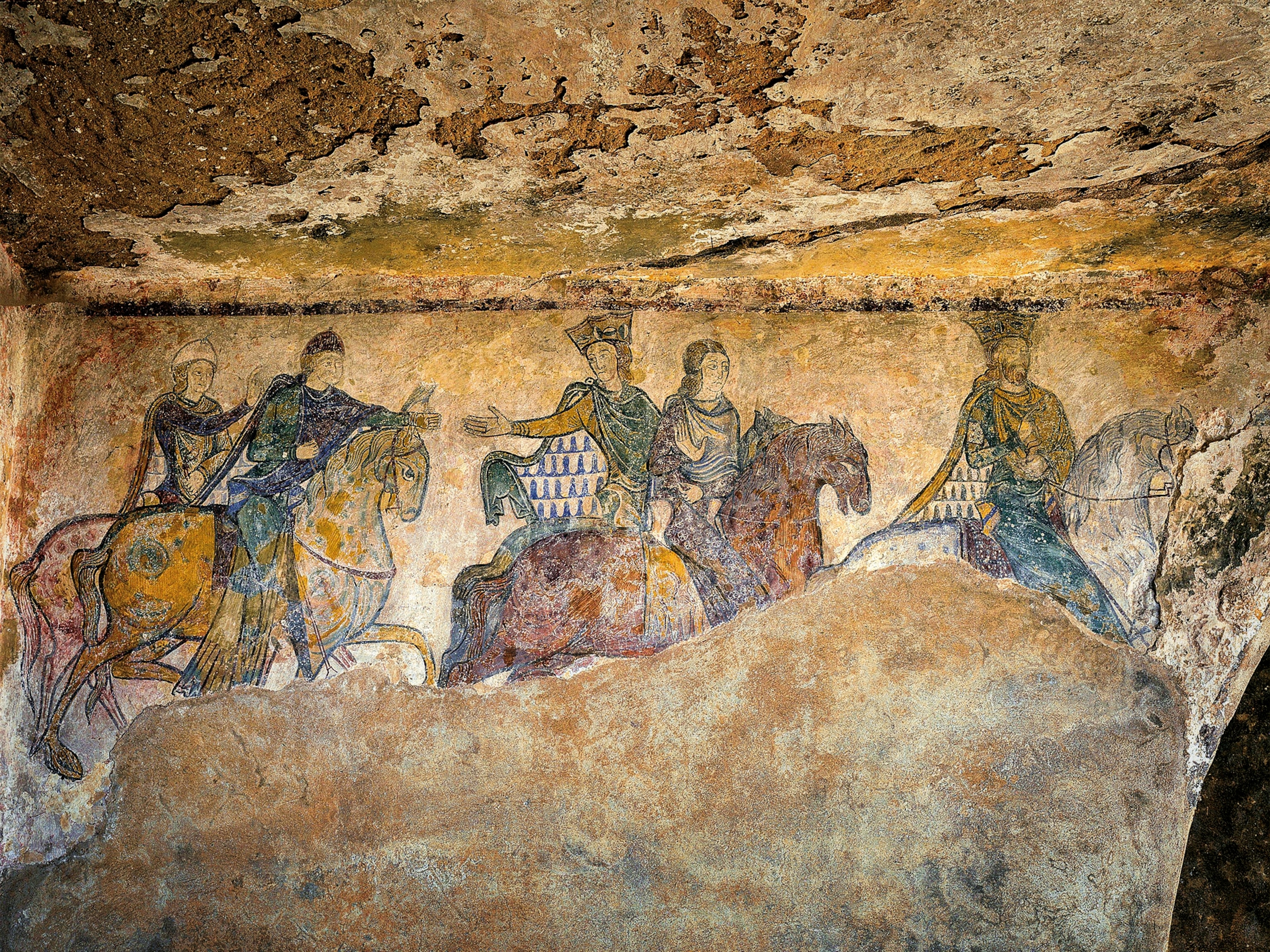
How a peaceful protest at Tiananmen Square turned into a massacre
Three decades after the historic pro-democracy rally in Beijing, China continues to stifle its commemoration.
Its name means “gate of heavenly peace,” but in 1989 the iconic gate at Beijing’s Tiananmen Square overlooked a scene that was anything but peaceful. Earlier that year, the square had been the site of non-violent pro-democracy protests. But on June 3 and 4, it became a scene of chaos and devastation as the Chinese military mowed down an unknown number of civilians. In the 30 years since the historic protests, China has rarely acknowledged them—and has never apologized for the massacre.
The protest movement began after the death of Hu Yaobang, a Communist Party leader who worked to liberalize Chinese politics, but was ousted from the party in part for his sympathy with pro-democracy students. In the wake of his death from a heart attack, mourning students poured into Tiananmen Square in late April. They began to demand democratic reforms, including an end to press censorship and restrictions on freedom of assembly.
Over the next few weeks, the square drew millions of protestors. In response to their ballooning numbers, China imposed martial law in late May and ousted Western reporters. Then, on the night of June 3, the People’s Liberation Army moved in with orders to clear the square.
The next day, 200,000 troops and more than 100 tanks converged on Tiananmen Square and opened fire. Soldiers used bayonets, clubs, and rifles loaded with expanding bullets. Although students and residents resisted, they were overwhelmed. (Hear from two photojournalists who are still haunted by the massacre.)

The Western world learned of the massacre from smuggled images and secret reports. Among them were videos and photos of Tank Man, an unidentified Chinese man who managed momentarily to stop a convoy of tanks leaving the square on June 5. He is thought to be one of multiple people who attempted to block the tanks. Although his image has become a symbol of resistance, his fate remains unknown.
The extent of the massacre is also unknown. The Chinese government stated that 200 civilians were killed; student leaders claim up to 3,400 deaths. In 2017, the United Kingdom released a secret diplomatic cable in which a U.K. diplomat relayed a leaked death count—of at least 10,000— from China’s main administrative body. Some 1,600 people were arrested; it would take 27 years for Miao Deshun, thought to be the final prisoner, to walk free in 2016.
An accurate death toll may never come to light. The Chinese government has rarely acknowledged the events; when it does, it is only to defend its actions. Although Tiananmen Square’s Great Hall was added to a list of Chinese architectural sites slated for official preservation, the historic events that took place there are not widely known in China.
A Hong Kong museum devoted to the massacre has been repeatedly closed and sabotaged; many of its Chinese visitors arrive knowing nothing about the protests. Those who do sometimes refuse to believe the truth, writes The Atlantic’s Ryan Krull. “Beijing’s refusal to acknowledge the events of June 4, 1989, has created a vacuum into which misinformation, ignorance, and revisionism have been allowed to flow.” Meanwhile, China actively censors most online mentions of the incident, and only Hong Kong and Macau have been allowed to commemorate it publicly.
The pro-democracy protests in Tiananmen Square presented a brief window of hope that China might embrace a more democratic system. “There was a euphoric sense that after decades of tyranny, the Chinese people had found the courage to take full control of their lives and attempt to change the fate of their nation,” recalled London-based Chinese novelist Ma Jian, who attended the protests. “Every person in that crowd was later a victim of the massacre, whether they lost their life on June 4 or survived—their ideals shattered and their soul scarred by fear.”
Now, 31 years after the protests and massacre, China has banned a commemoration vigil in Hong Kong that has taken place since the 1990s. Although the official reason for the ban was to quell the further spread of COVID-19, pro-democracy activists see it as another attempt to quash peaceful protest as China tightens its grip on Hong Kong. Thousands attended the vigil anyway, as the BBC reports. Three decades after Tiananmen Square, commemorating what happened there has become its own form of protest.





